
This guide explains the basics of how most parts in the game work. Hope this helps someone!
Introduction
Some quick things to note before we start off:
- I tend to use the words Pin and Peg interchangeably. Just note that whichever term I use, they mean the exact same thing.
- When I talk about High and Low signals, I mean whether or not a wire is red (red = High, black = Low). I use the terms power and depower as well, power meaning to put a High signal through the input, and depower meaning to make a High signal go Low again.
- At the bottom of each part there’s an Edit and Lag section. Edit refers to what options you have when you right click and go to the edit menu of the item. Lag refers to the number of in-game ticks the piece in question takes to process its output. If I put N/A, it means for one reason or another ticks are irrelevant for that piece.
Input and Output Pegs
Pegs are how you send and receive signals to/from most parts in the game. Input Pegs are long and thin, while output Pegs are short and fat. Their functions are for the most part obvious, but there are some key differences and interesting interactions that make them worth briefly discussing.
An input Peg allows outside signals to be passed into the part it is connected to, while an output Peg only allows signals near it that come from its attached part. You cannot directly wire an incoming signal to it, and if you indirectly pass a signal to it then it will refuse to travel down the wire that is attached to the output Peg.
Edit: No option
Lag: 0 ticks
Switch
Starting with the easy stuff, skip ahead some if you aren’t interested.
Flick the switch, and it puts out a constant High signal with 0 lag until it is flicked again.
Two types, Standard and Panel Switch. They work identically, only difference being that thePanel Switch moves its input through the surface it is attached to. This is why you can’t place them on the ground, there’s no other side for the peg to come out through.
Several other parts have a Standard and Panel version but they all act identically, so I’ll just mention that feature in passing from now on for those parts that have the option.
Edit: Color
Lag: 0 ticks
Button
Another quick one.
Push the button, it puts out a High signal of the same length that you hold down the button. Has a standard and Panel version.
Edit: Color
Ticks: 0 ticks
Key
Alright, slightly funkier.
Keys are associated with the actual keys on your keyboard, so push the key listed on its face, and you’ll see the button in game also get pressed. Keys will not respond if you cannot see them, either because you are not directly facing them or because you are too far away. Has a standard and Panel version.
Edit: Change which keyboard key is associated with it
Lag: 0 ticks
Chair
Gonna break the natural order of things for this one, since it is directly related to Keys.
Say you want to use your Spacebar as a Key, as discussed in the previous section. Since Space is also jump in-game, that can become a bit of a nuisance. While sitting in a chair however, all keyboard inputs are ignored except Escape to exit the chair, so you can manipulate your Keys more easily.
Edit: Color
Lag: N/A
Inverter
Our first logic component. Whatever signal is placed into the top, the side will put out the opposite.
Edit: No option
Lag: 1 tick
XOR Gate
An XOR Gate, also known as an “Exclusive Or” Gate, puts out a true signal if one of its inputs is High. If neither or both inputs are High, no signal will pass through.
There is no OR Gate in Logic World since you can wire multiple inputs to a single pin, which accomplishes the same goal.
Edit: No option
Lag: 1 tick
AND Gate
An AND Gate lets a signal through if all of its inputs are High.
Can be changed to have more input terminals. Functions the same, just requiring more High signals before outputting its own.
Edit: Change Input Count (2-4)
Lag: 1 tick
Delayer
Does what it says on the tin, puts through the same signal that comes through its long pin, on a tick delay equal to the number on its face.
One important thing to note is that if the incoming signal is shorter than the desired delay, no signal will go through. So if you put a 5 tick long signal into a 10 tick Delayer, nothing will happen. If you put in a 10 tick signal into the same delayer, then a 10 tick long signal will come out 10 ticks after the original signal began.
Edit: Change Delay Length (1-30 ticks)
Delay: Equal to Delay Length
D-Latch
Alright, this is the trickiest bit of logic to explain. A D-Latch allows you to memorize a signal. If you put a High signal into the input pin, initially the output will remain Low. The High signal will only pass to the output if a High signal is passed to the tall, thin pin on top of the D-Latch. Likewise, so long as that top pin has power, if the input signal goes Low again the output will as well. However, if you depower the top pin and then attempt to switch the input signal Low, the output will remain High.
Edit: No option
Lag: 1 tick
The image below can be imagined as a sequence of events, occurring one after the other
Oracle
When it becomes powered the Oracle has a 50/50 chance of putting out a High or Low signal. Whatever it puts out, the signal will return to Low when depowered.
Edit: No option
Lag: 1 tick
Relay
A Relay works the same as a D-Latch, but with no memory. So if you power the top pin and the input, the the output will go High. Once the top pin is depowered though, the signal will go Low again.
Edit: No option
Lag if top pin remains powered: 0 ticks
Lag if top pin changes states: 1 tick
Buffer
The name buffer is misleading. It’s more similar to a diode, and only functions to make signals go in a single direction.
There is a standard and Fast Buffer. They function identically with two slight changes: Firstly, the standard Buffer has a Lag of 1 tick, while the Fast has no Lag. Secondly, the standard Buffer has an output Peg, while the Fast Buffer has two input Pegs.
Edit: No option
Buffer Lag: 1 tick
Fast Buffer Lag: 0 ticks
Note: The item now referred to as the Fast Buffer is what used to be the standard Buffer, its functionality has in no way changed.
Display
Displays are, ideally, a users only visual indication of what’s happening inside a circuit. Pass a High signal into it, and it lights up. You can also change the number of pegs it has, allowing for much wider varieties of colors to be shown. With a standard Display, you can have up to 4 inputs, but this causes the display to become 4 squares large, which is not incredibly convenient. However, the panel version of it not only allows for up to 9 inputs, but still remains at normal size in the front. the back, however, is a different story, extending up to 4 blocks in a straight line to house all its inputs.
Edit: Change color palette of display, as well as number of pins available
Lag: 0 ticks
Socket
There are two types, Standard and Chubby. They both function identically, passing their input through to the blue contact on their back. If another socket is placed such that both their contacts are touching, the signal will pass through. If you hold “ctrl” with a Standard Socket you can move it more precisely, allowing you to place up to 3 in a single square. This module is a bit odd at first, but with some creativity it can be incredibly useful, such as creating modular circuits that you can move around without needing to redo your wiring all the time.
Edit: No options
Lag: 0 ticks
Circuit Board
Seems like a silly thing to talk about, but it’s important.
Circuit boards, on the surface, are just an organized way to arrange your circuits. It lets you color code and move things around so it goes horizontal instead of vertical by pressing “t” while placing it down. However, there are 2 far more important purposes to them. First, you can pick up and move an entire circuit as a single piece by tapping “g” while looking at the board. Second, you can copy and paste an entire circuit by pressing “ctrl” + “g” on the board. These functions are CRITICAL for larger circuits, so make sure to organize all your stuff this way!
Edit: Change color
Lag: N/A
Conclusion
I haven’t talked about all the parts in game, but this should cover all the things that are critical to making circuits. Everything else is either optional or relatively straightforwards. If any of the parts I didn’t talk about confuse someone then I’ll try to give them a section.
I’ll also try to correct anything here that is wrong if you want to correct me on any of this. I’m not an expert, just trying to do my part.
Otherwise, hope this helps someone! Good luck, have fun!
Tidbits
This is where I’ll be putting any helpful little bits of info that either I find or that are given to me in the comments, and don’t really fit into any particular section.
- Credit to user bejoscha for commenting about this:
The console can be used to change how many ticks per second are computed. To do this, pull up the console ([`] key in the top left of your keyboard) and type in (ignoring the >>> ):
>>> server “simulation.rate X”
where X is substituted for the desired number of ticks-per-second. Note that setting this especially high may take up a significant amount of RAM, so only do this if you know your machine can handle it!
Changelog
- 10/25: Corrected some spelling errors, improved some wording and removed the bit about writing this while sleep deprived, since I have now fulfilled my promise to review this once awake. Edited the title to something a bit clearer, as well.
- 10/29: Added additional Lag information to Relay section.
- 10/29: Several minor wording changes throughout.
- 10/29: Added Display section. I’ll probably be slowly adding sections for the rest of the parts.
- 10/30: Added details about the fast and standard Buffers added today, both inside the Buffer section.
- 10/30: Added section on Input and Output Pegs after noticing some interesting interactions that seemed worth noting
- 10/30: Edited and added information to the Introduction section.
- 11/18: Added the Tidbits section, and a console tip that was commented by user bejoscha!
Hope you enjoy the Guide about Logic World – Basic Guide How to Play the Game, if you think we should add extra information or forget something, please let us know via comment below, and we will do our best to fix or update as soon as possible!
- All Logic World Posts List


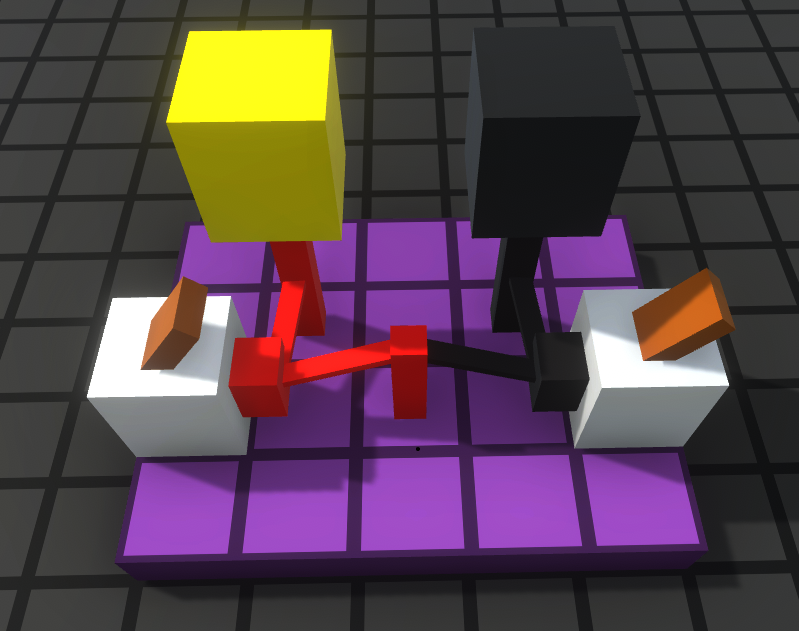
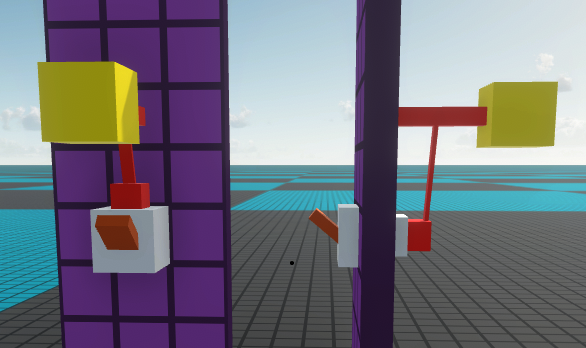
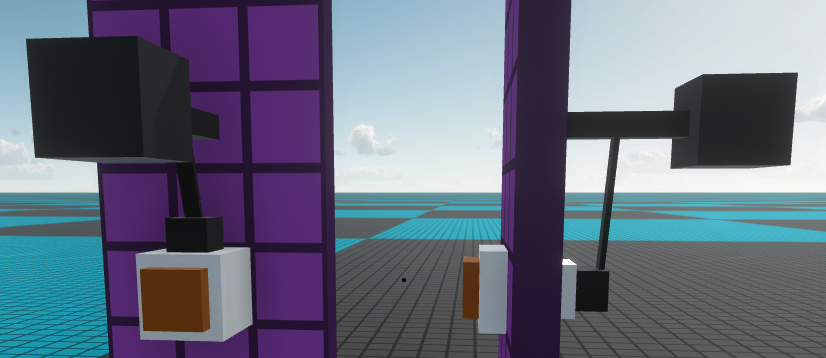
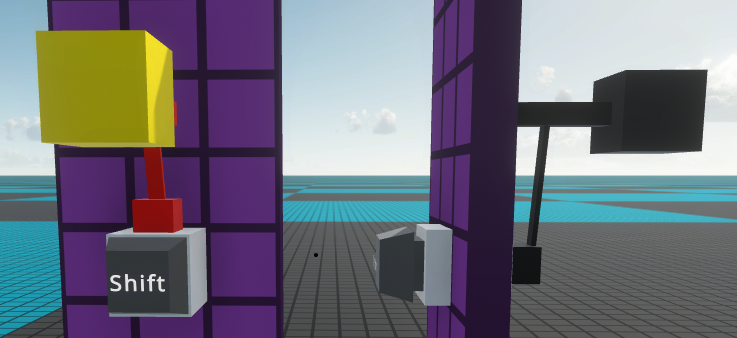
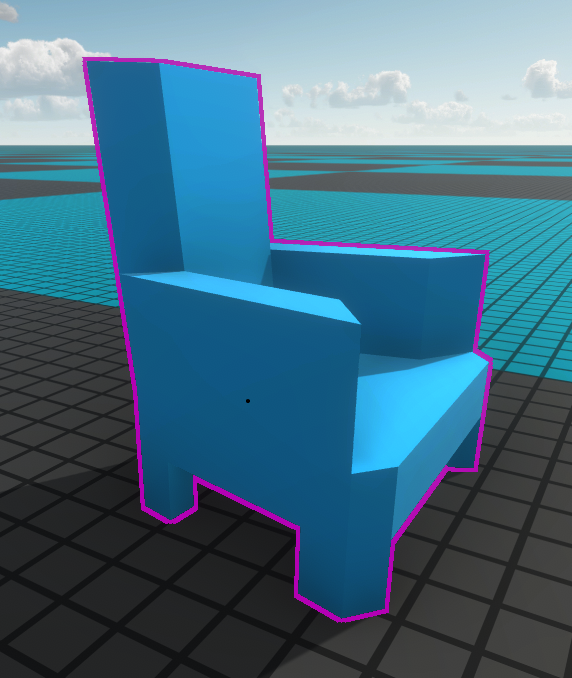
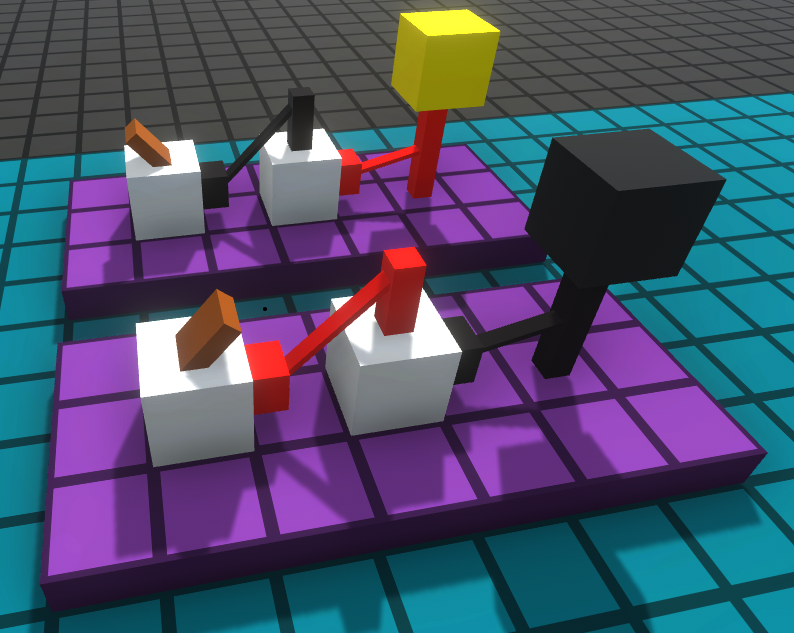
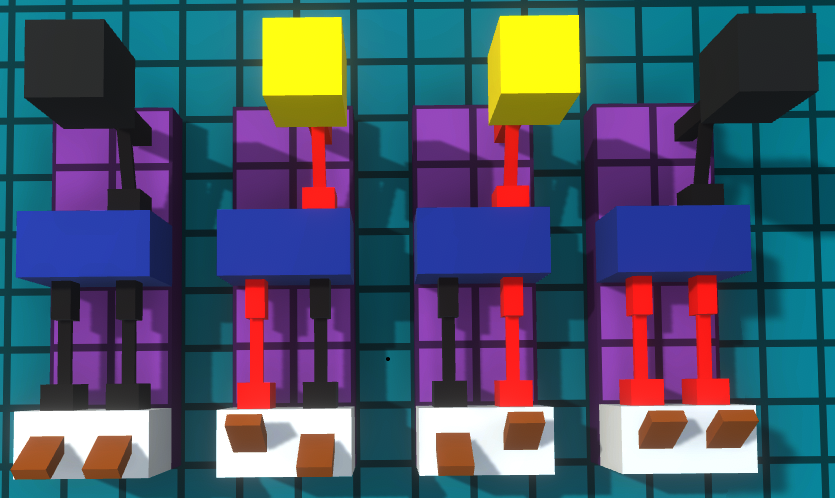
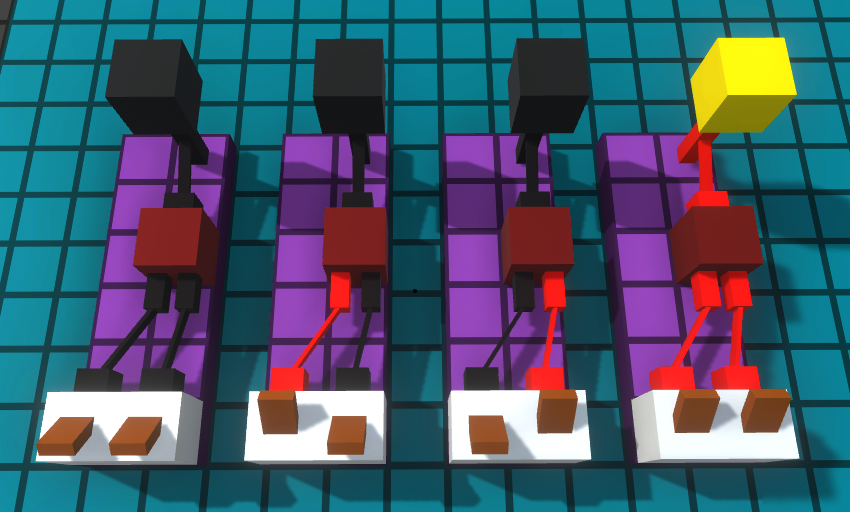
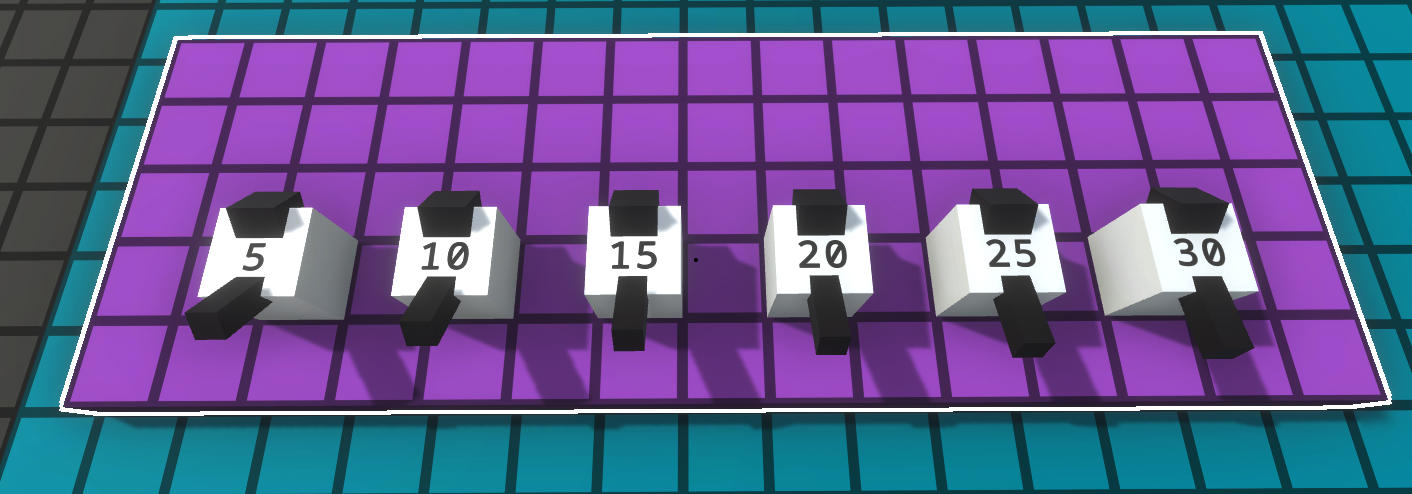
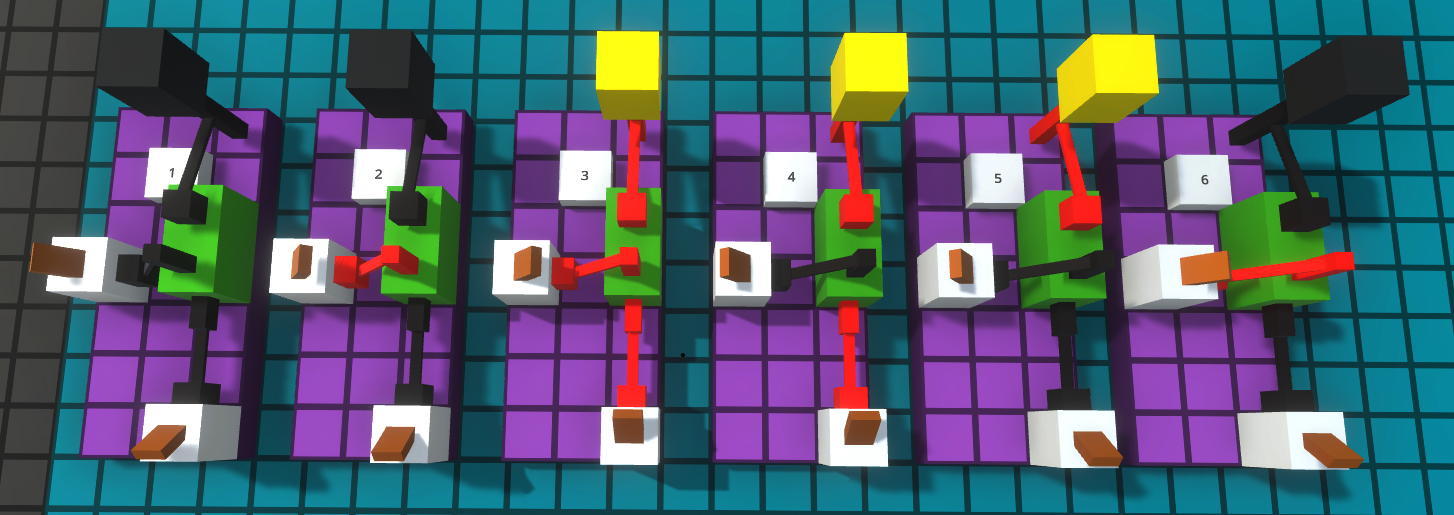
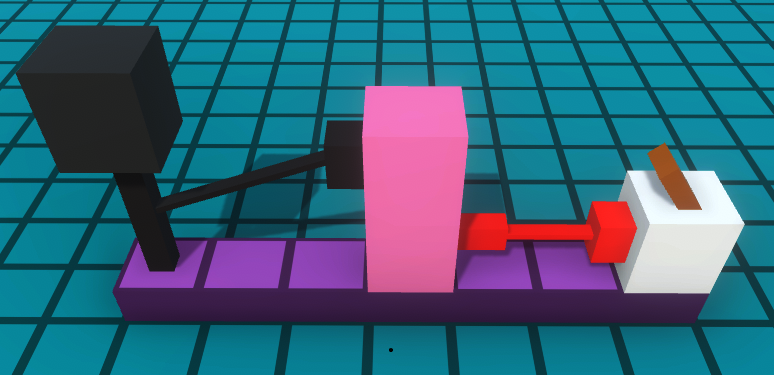
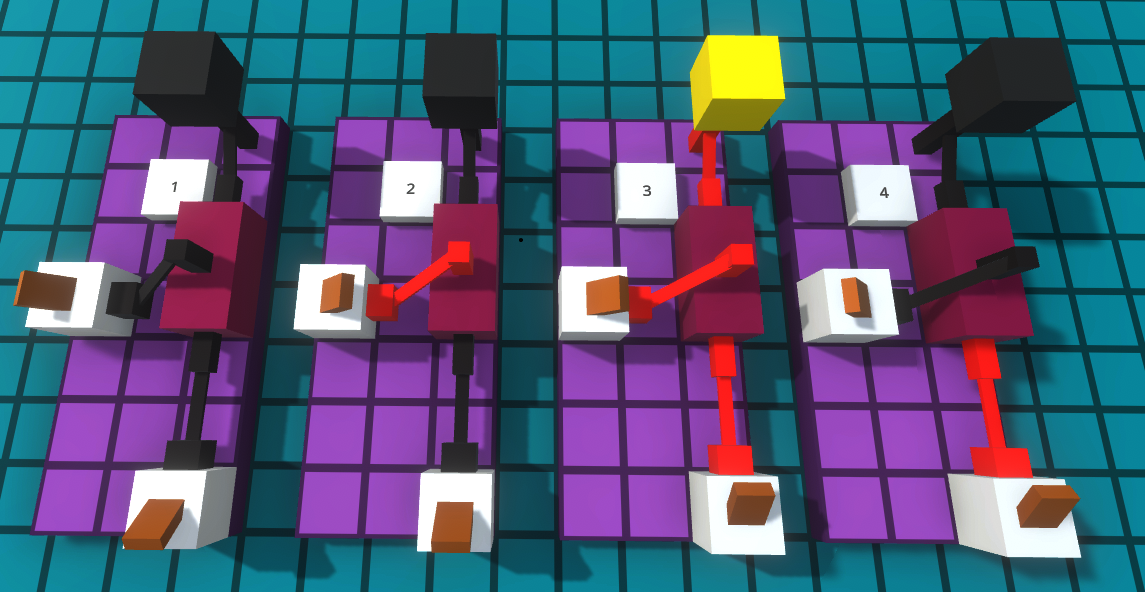
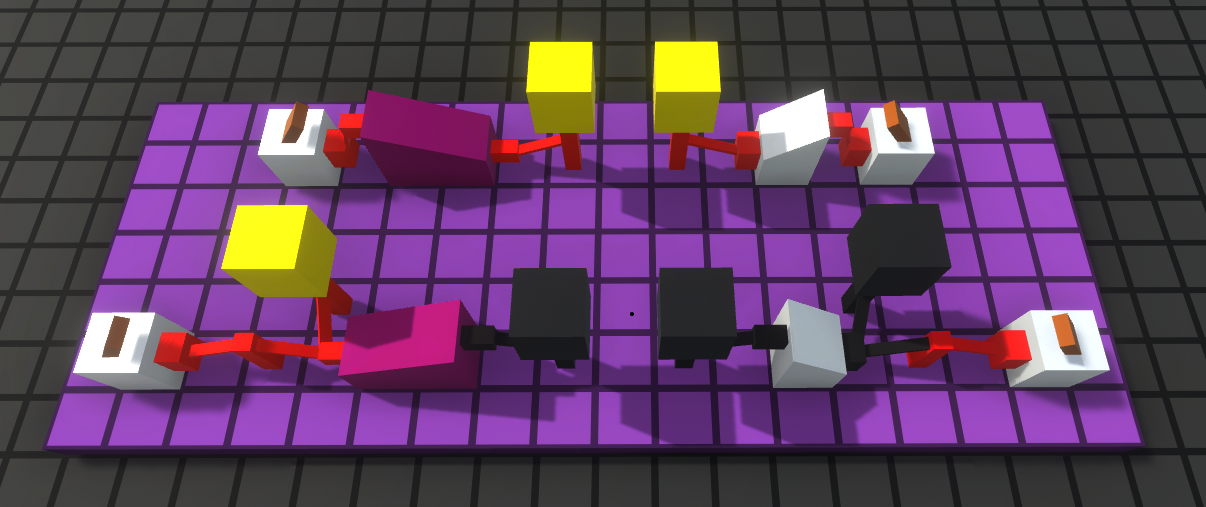
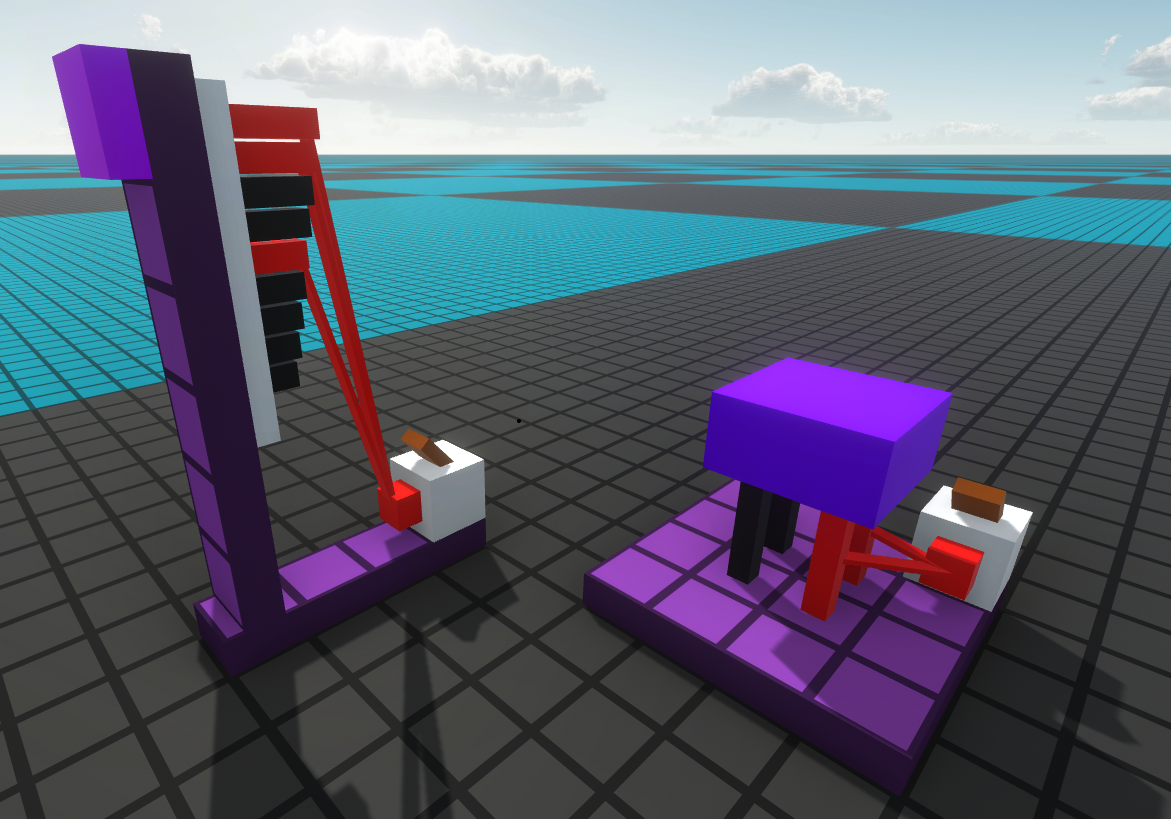
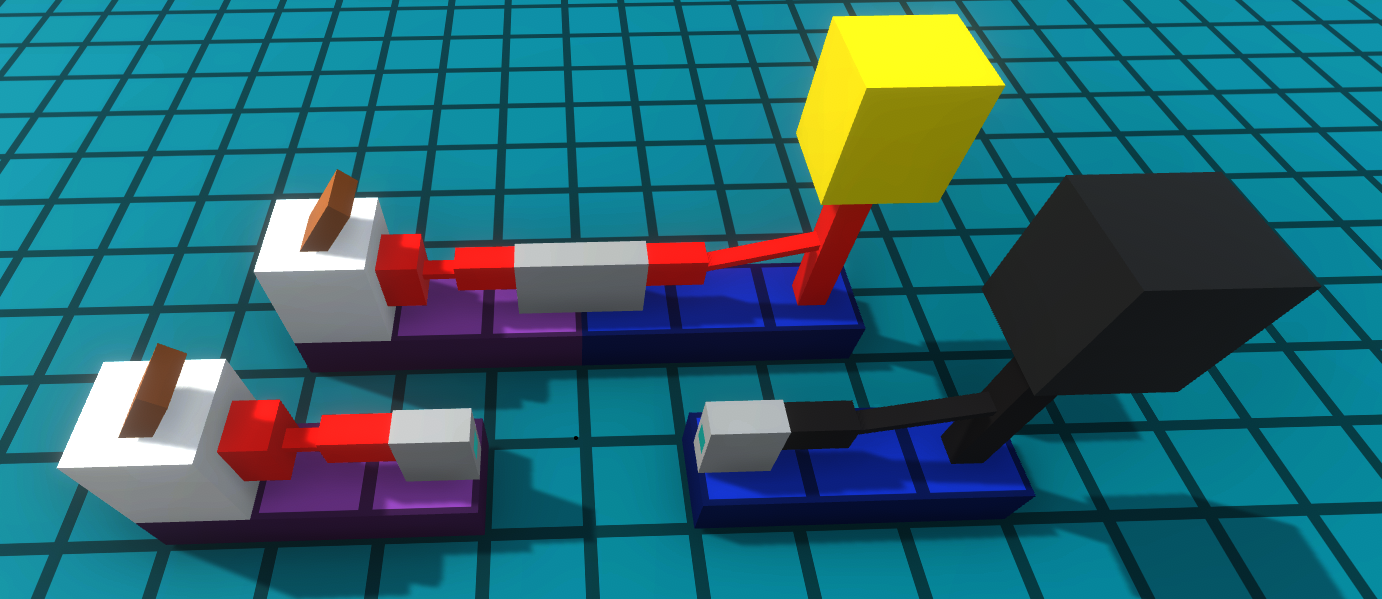
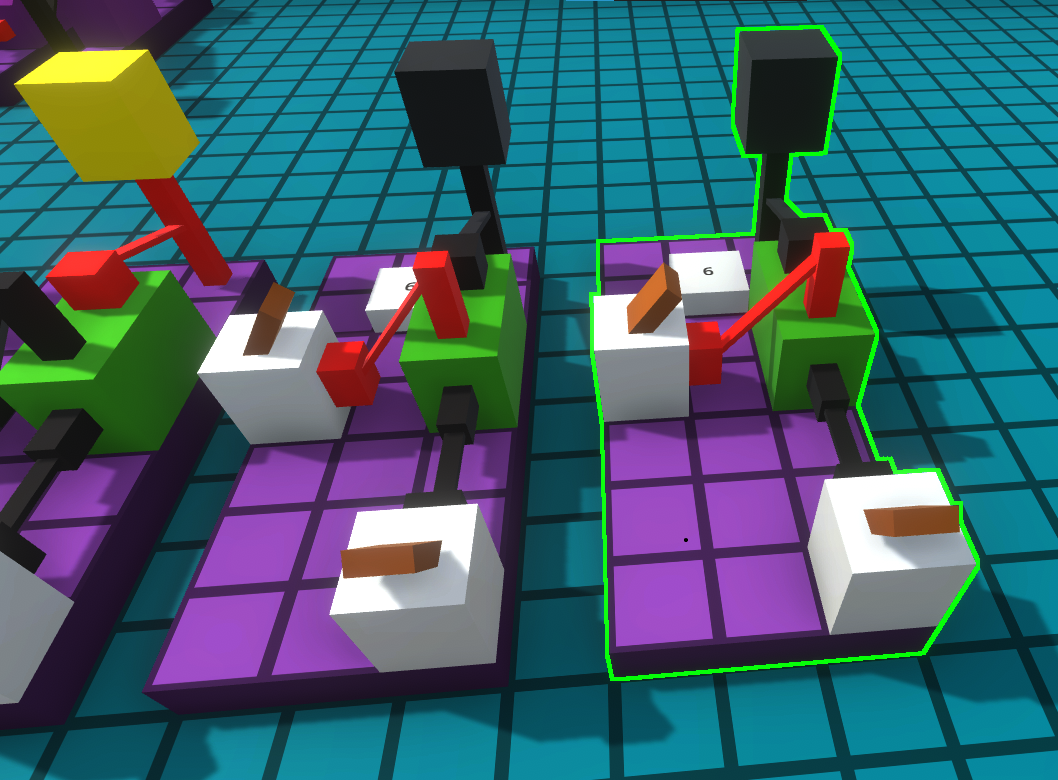
Leave a Reply